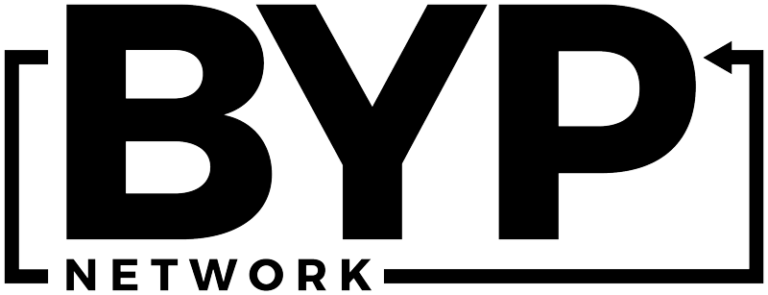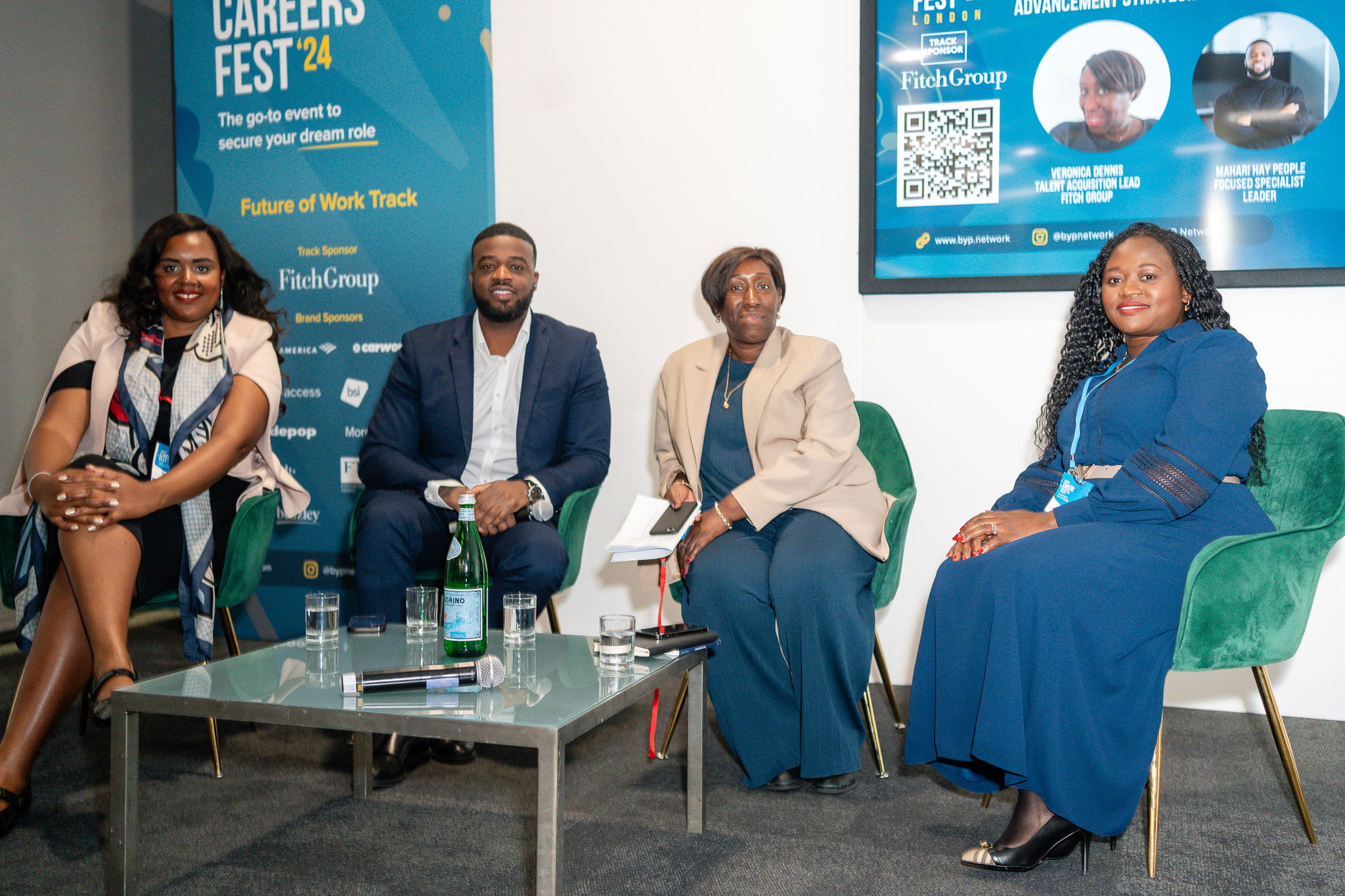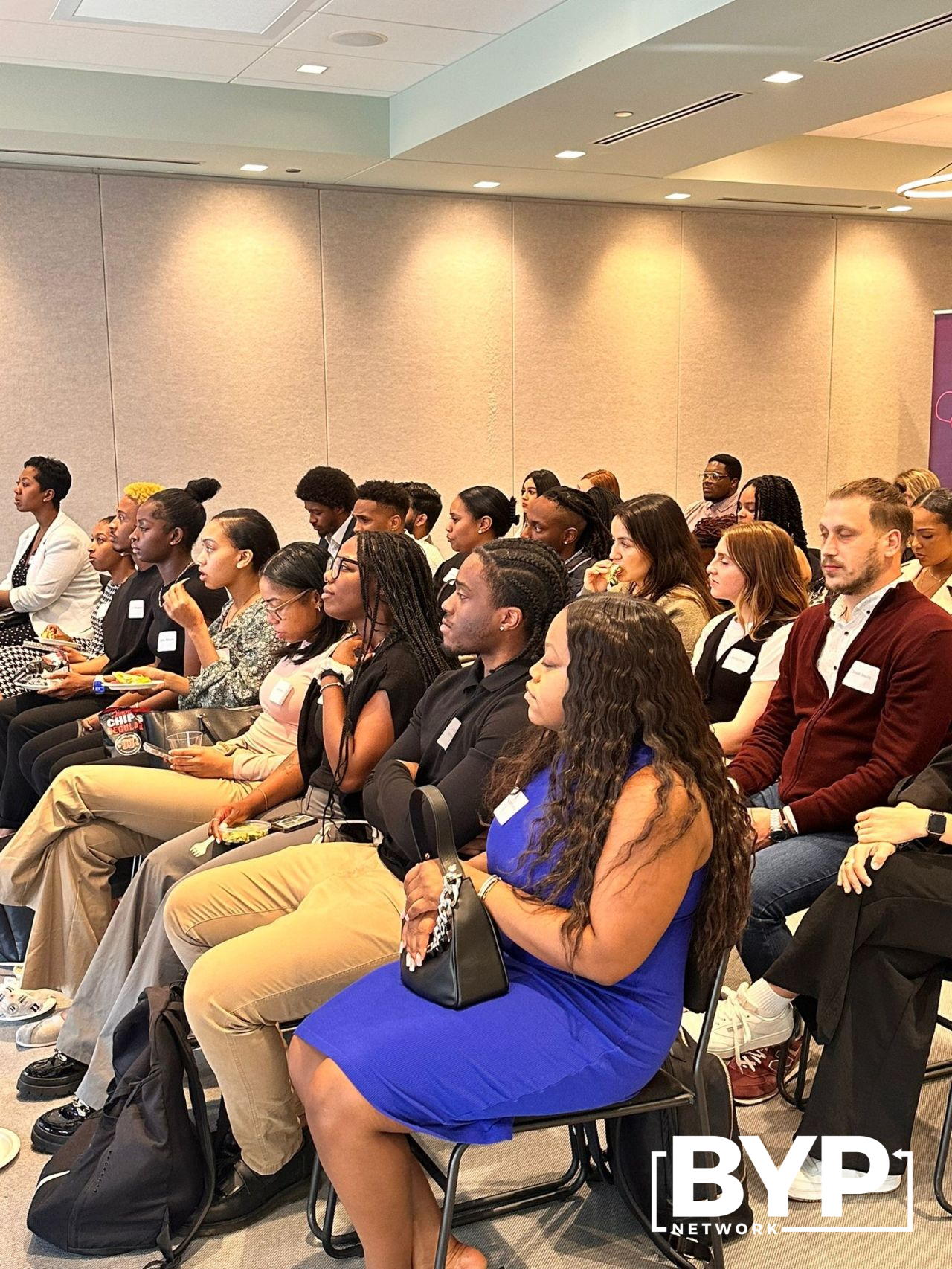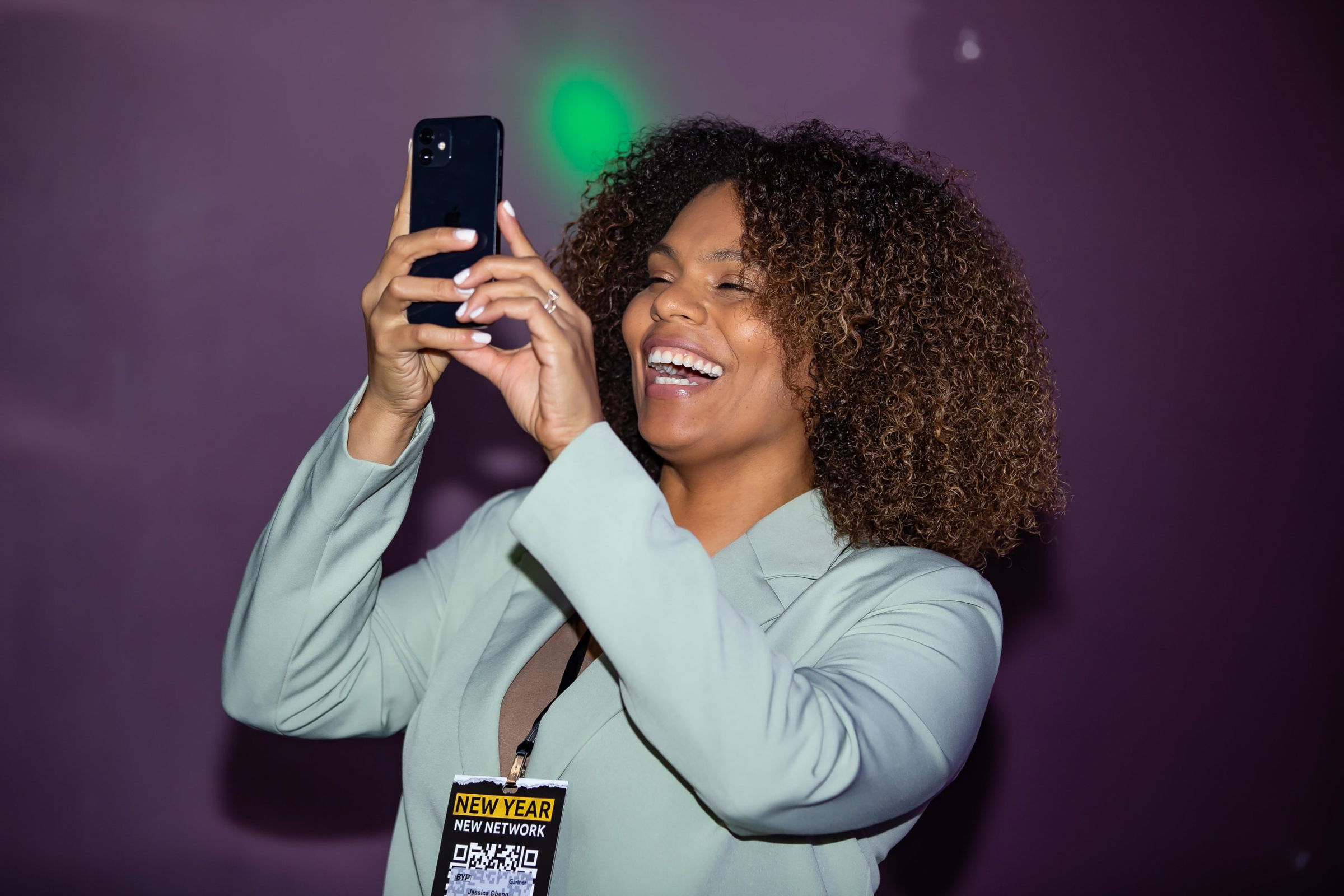As 2022 comes to a close, much of the conversation centered around diversity, equity, and inclusion (DEI) two years ago has all but died down. For some, that comes as much of a surprise: many Black and ethnic minority professionals were skeptical that the vital conversations that happened around race in the workplace in the wake of the Black Lives Matter protests of 2020 would not lead to much action.
Thankfully, that has been far from the case. Since the start of 2021, BYP Network has witnessed what actual efforts toward a more diverse and inclusive workplace look like. We’ve seen it within our partnerships and collaborations with professionals at the BBC, Meta, Goldman Sachs, TikTok, and Sky, to name a few.
While the overall corporate culture still has strides regarding DEI, we have come quite far in the past two years. The main reason we can count such a triumph is that these concepts are not just a concern for HR professionals and departments across the globe for the first time in history. They have become topics of conversation in the general zeitgeist.
This means three important things:
First, for better or worse, firms must look at diversity in their offices and on their boards. Even if driven by a fear of negative repercussions, corporate leaders are not required to create intentional strategies around diversity regarding hiring practices, workplace culture, and the importance of retention.
Inevitably, this change in attitude at the leadership level will lead to changes for those most impacted. And it’s the type of change that will continue to reverberate and become wider-reaching as time goes on.
Secondly, with even the most prominent firms across the globe becoming more transparent about their DEI initiatives, competitors and collaborators are learning from each other, thus leading to industry-wide advances.
Third and most importantly, increased conversations around diversity and inclusion is that it empowers workers, especially young workers. It helps them to know and comfortably express their needs by arming them with information and resources that are easily accessible. This means that individuals can better assess whether a firm is an excellent cultural fit, often even before they’ve applied. It also means that employees of colour within these companies have a greater opportunity to demand and effect change.
Of course, we’re still in the woods. The current workforce in most industries currently comprises at least five generations. This means re-education while teaching the youngest among us how to carry change forward. In the new year, we hope to see the I in DE&I take centre stage. Many companies have changed the makeup of their talent at mid- and entry-level. Still, it’s time to push for boardrooms and executive suites that reflect the same levels of diversity to ensure the changes we’ve seen endure.
Get involved
Become a partner and accelerate your company’s DEI efforts






